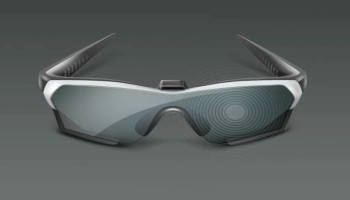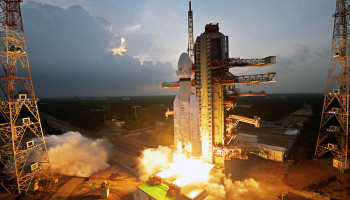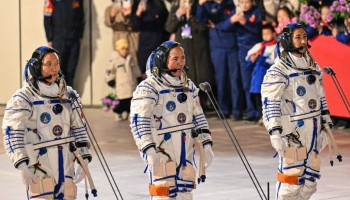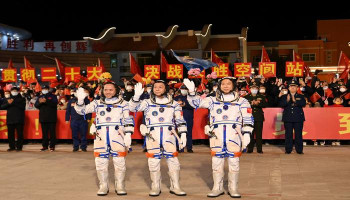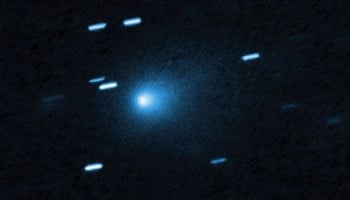
This Christmas, scientists have received an exceptional gift: a possible solution to the mystery of JuMBOs (Jupiter-mass binary objects), mysterious celestial bodies that neither seem to be planets nor stars.
These peculiar JuMBOs are stellar cores formed by a team of researchers. These cores have been forcefully “unwrapped” by colossal, robust stars on the special occasion of Christmas, as a gift, According to Space.com.
This discovery is likely to resolve a mystery that emerged in 2023, catching scientists by surprise.
In the Orion Nebula Cluster, astronomers came across 42 pairs of these free-floating planetary-mass objects, leveraging the James Webb Space Telescope (JWST), which left them puzzled. These pairs remained in binary pairs instead of combining with stars, creating a conundrum: it appeared that JuMBOs didn’t form like typical planets or stars.
The research was led by Richard Parker of the University of Sheffield and undergraduate student Jessica Diamond. The team developed this innovative idea to interpret JuMBO formation by revisiting a long-standing theory.
"We are using quite an old idea — that radiation from massive stars is so strong it erodes the gas 'core' that eventually forms a star," Parker told Space.com.
He further added, “The radiation removes some of the material from the core, reducing its mass, but also compressing the remaining material so that it efficiently forms a low-mass object.”
The research team revisited a groundbreaking discovery based on a 20-year-old study.
The fact that stars typically form in binary systems was leveraged by the team. They applied the photo-erosion model to explain that a stellar binary could be photo-eroded to form a JuMBO pairing.
Their discovery could have significant implications for the comprehension of how star and planet formation occur in various environments across the cosmos.







